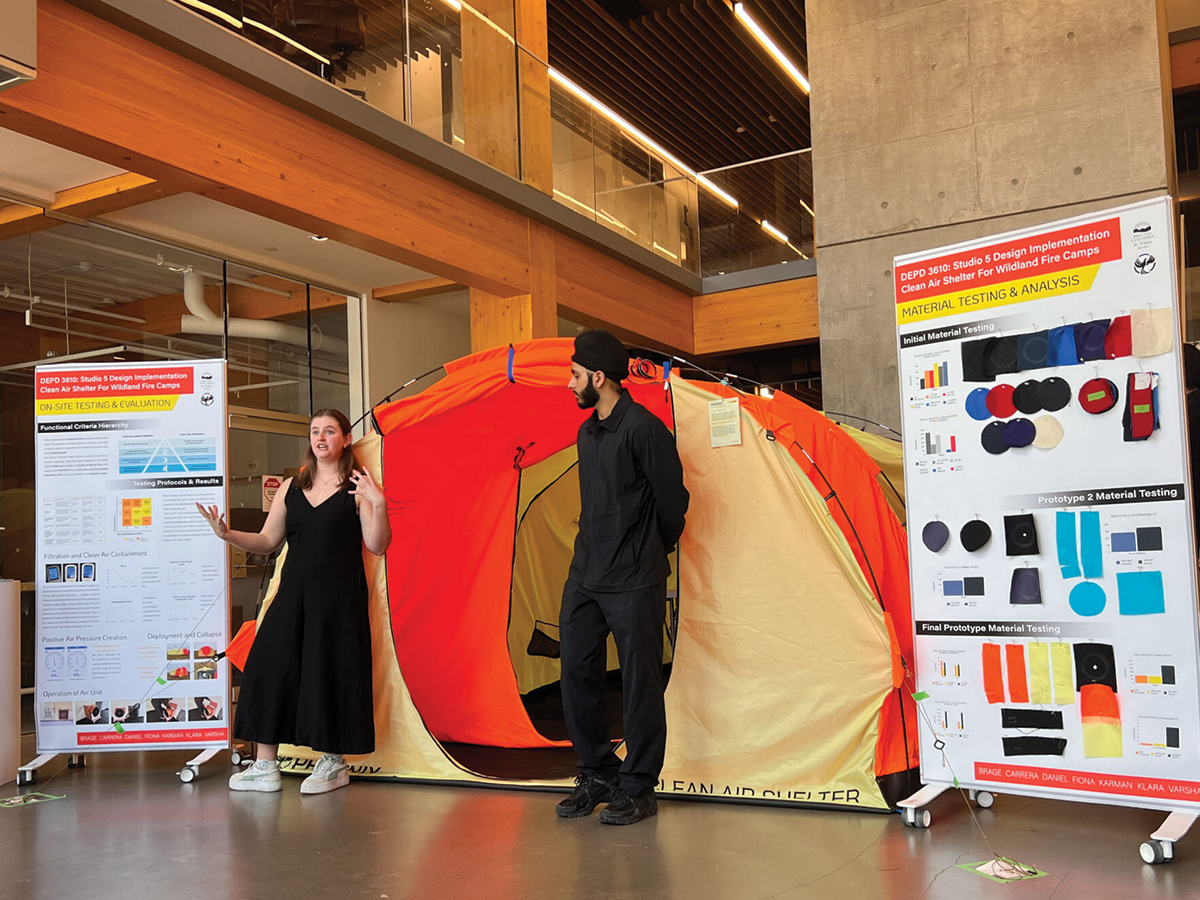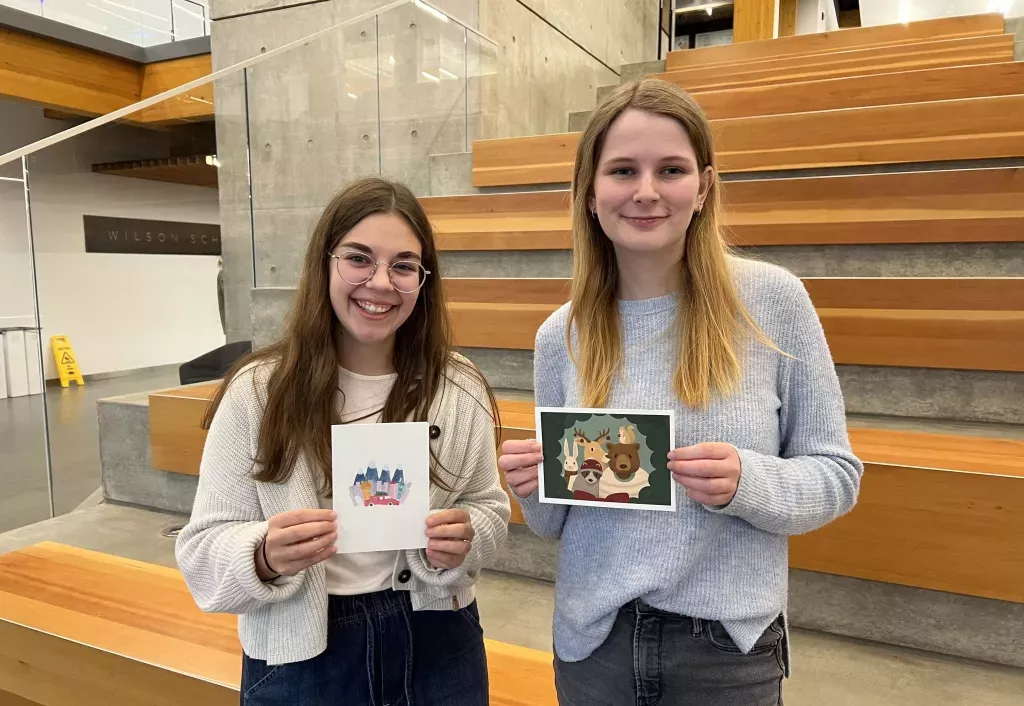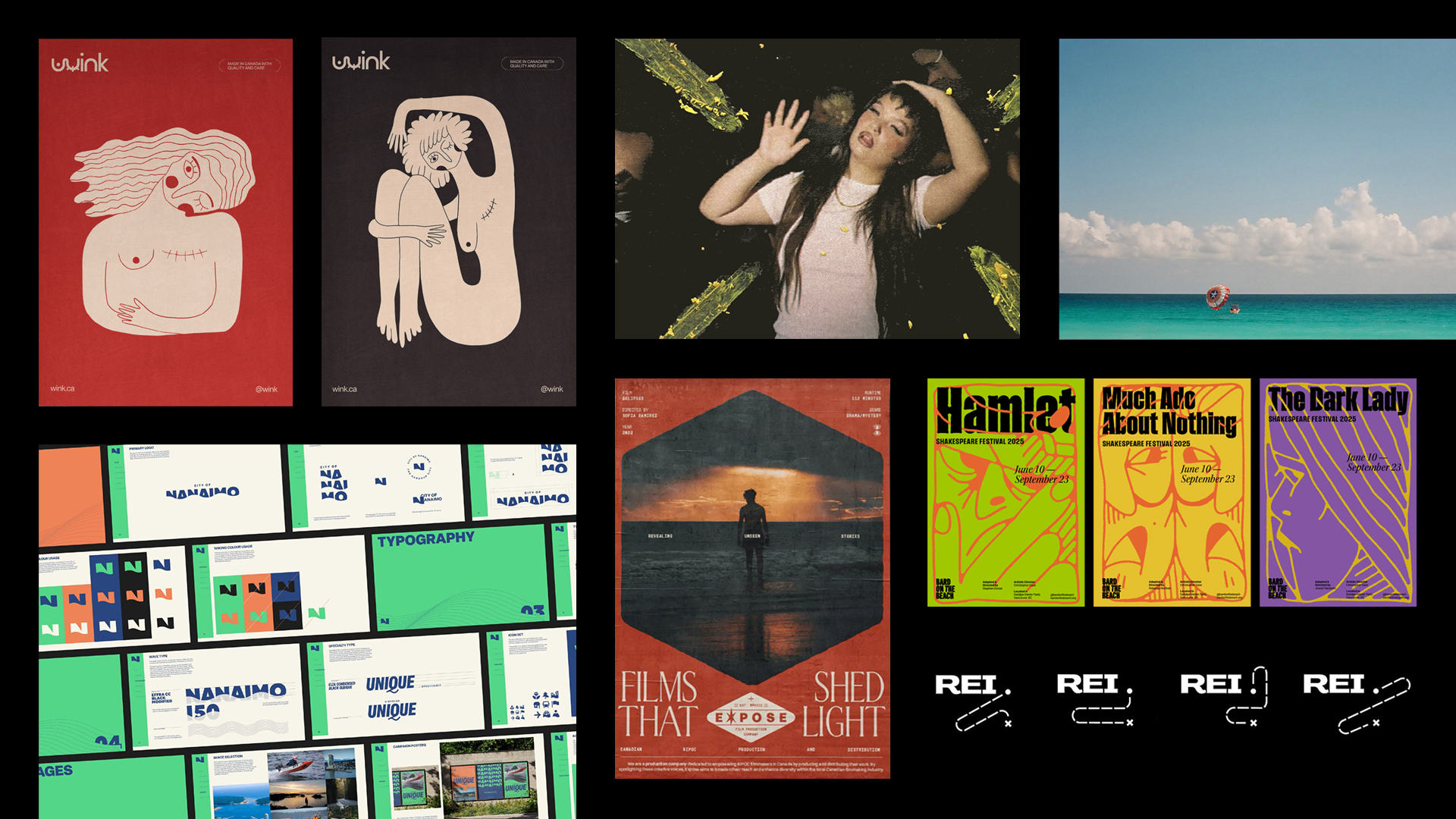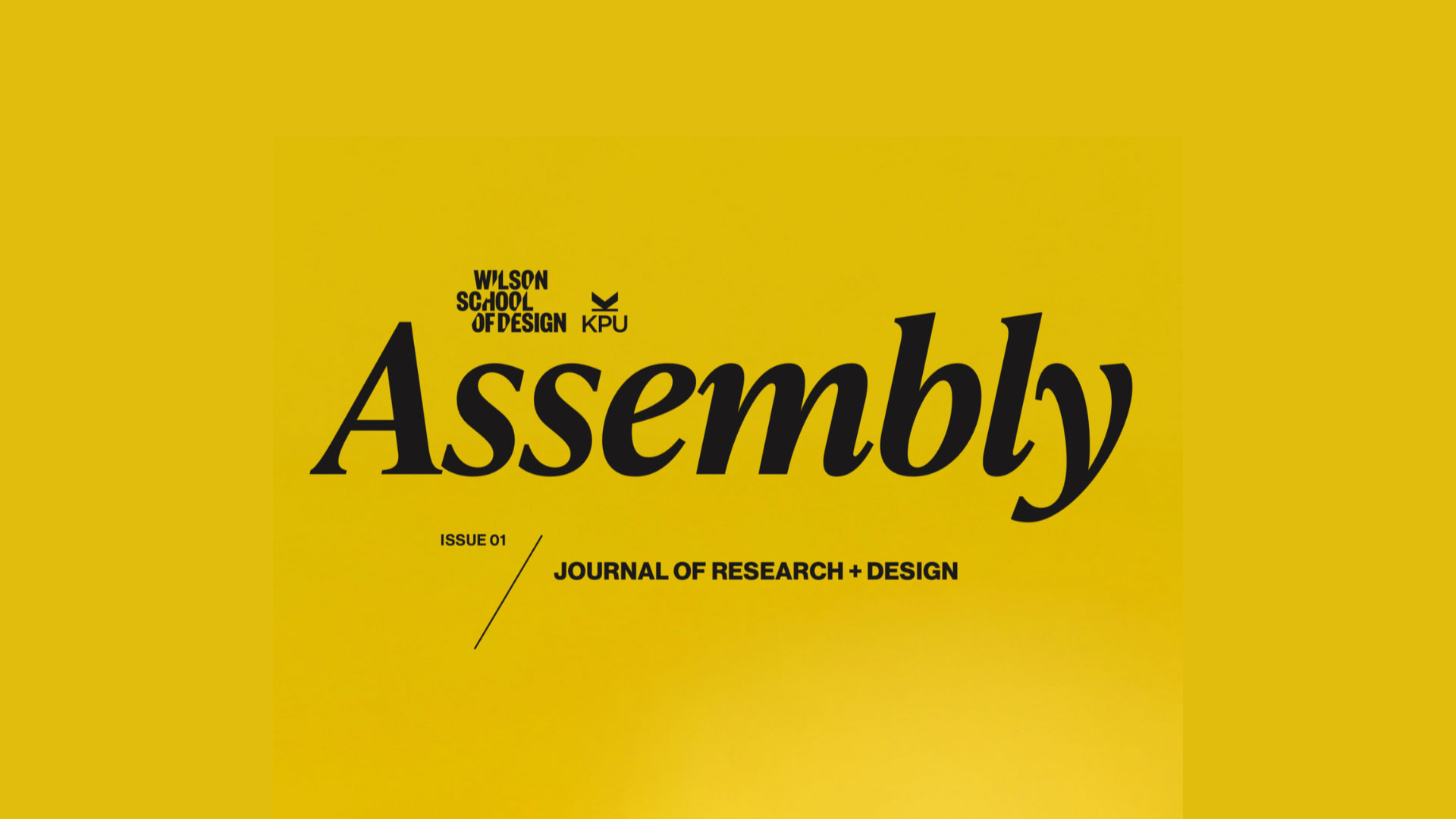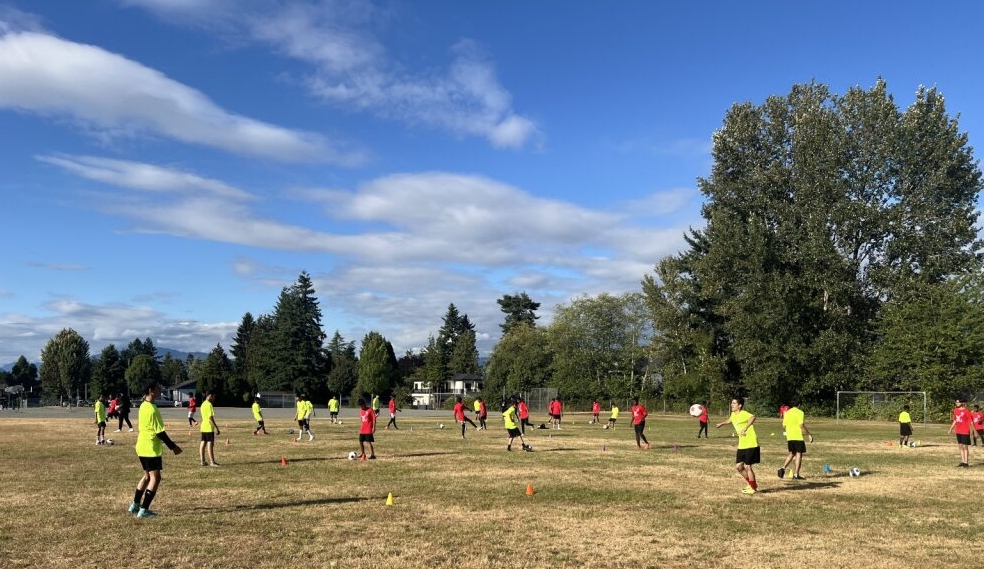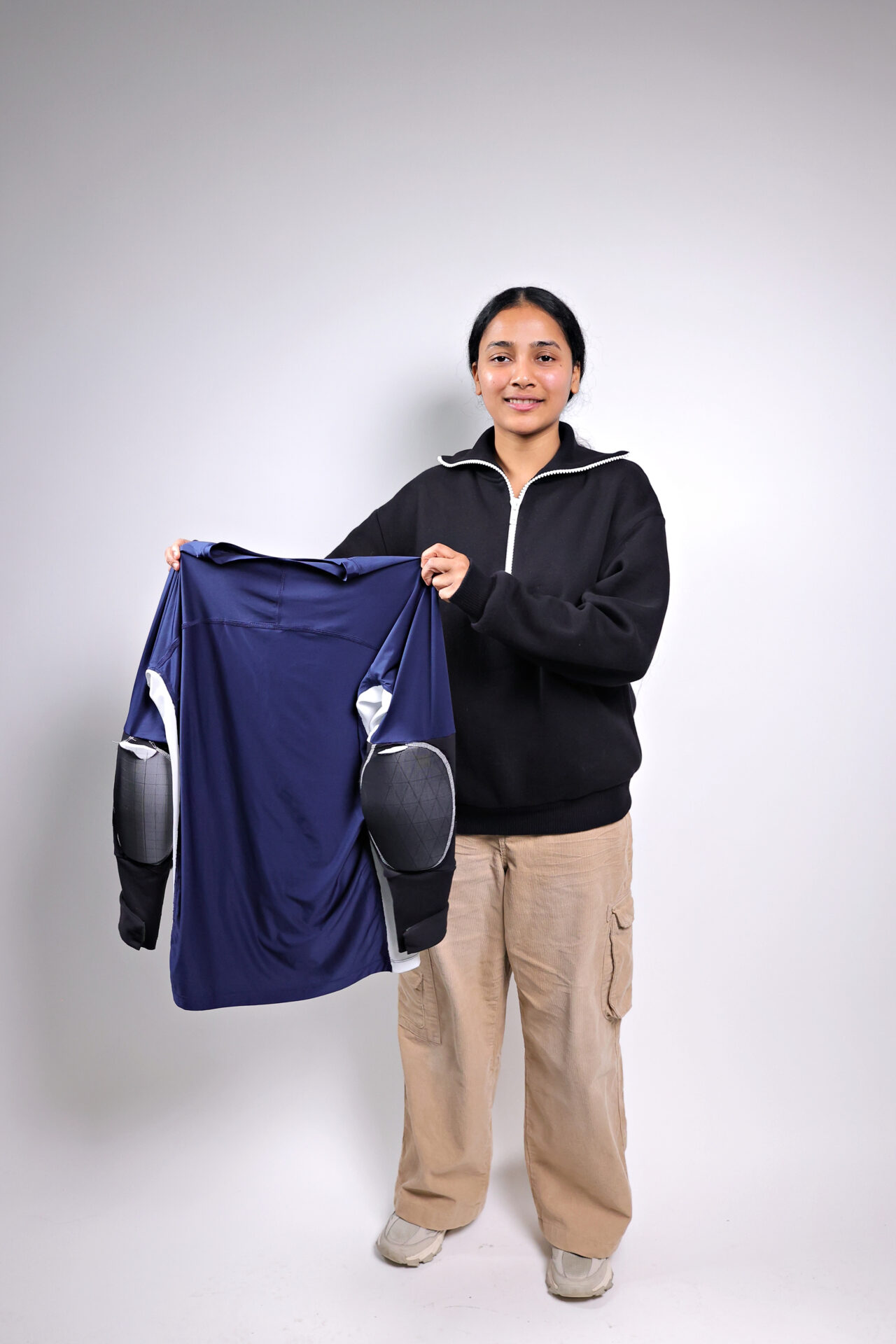Sophisticated tents designed by Kwantlen Polytechnic University (KPU) students to protect firefighters from forest fire smoke could be tested in fire camps in B.C. this summer. The prototype shelters, designed for use on fire lines and fire camps, aim to provide wildfire crews access to clean air in smoky environments.
Kevin Kang, a third-year student at the Wilson School of Design at KPU, believes the project could significantly improve firefighters’ safety and effectiveness.
“These professionals are often stationed far from their base camps and are constantly exposed to harmful smoke and poor air quality, even during breaks,” says Kang. “Our goal was to create a clean-air shelter that could help reduce the immediate dangers of smoke inhalation and address the long-term health risks.”
The shelters are easy to set up and equipped with a three-layer air filtration system similar to advanced cabin air filters. The system removes a wide range of pollutants and creates a breathable environment within the tent.
A smaller tent is designed for two people and tailored for fire line use. It is powered by a portable, rechargeable battery, increasing its functionality in remote and off-grid locations.
A larger shelter is designed for fire camp use. As these camps can be dynamic and expand quickly, the tent can accommodate up to 12 people, providing a space for rest or meals.
The BC Wildfire Service has plans to test these clean-air shelter prototypes at fire camps impacted by wildfire smoke this summer.
“Finding a type of respiratory protection that is effective under extreme conditions is challenging. Historically, the BC Wildfire Service staff were not provided respiratory protection against wildfire smoke, ash and dust exposure on the fireline,” says Jesse Wallace-Webb, an initial attack crew leader and research analyst at the BC Wildfire Service. “Future iterations of these clean-air shelter prototypes might represent one potential tool, among many others, for addressing smoke exposure during wildfire response.”
The tents were featured on Richmond News with the article titled “KPU Richmond students design clean-air tents for wildfire fighters.” Kwantlen Polytechnic student Karman Bains and instructor Sue Fairburn also talked about the wildfire project on the segment On The Coast with Gloria Macarenko.
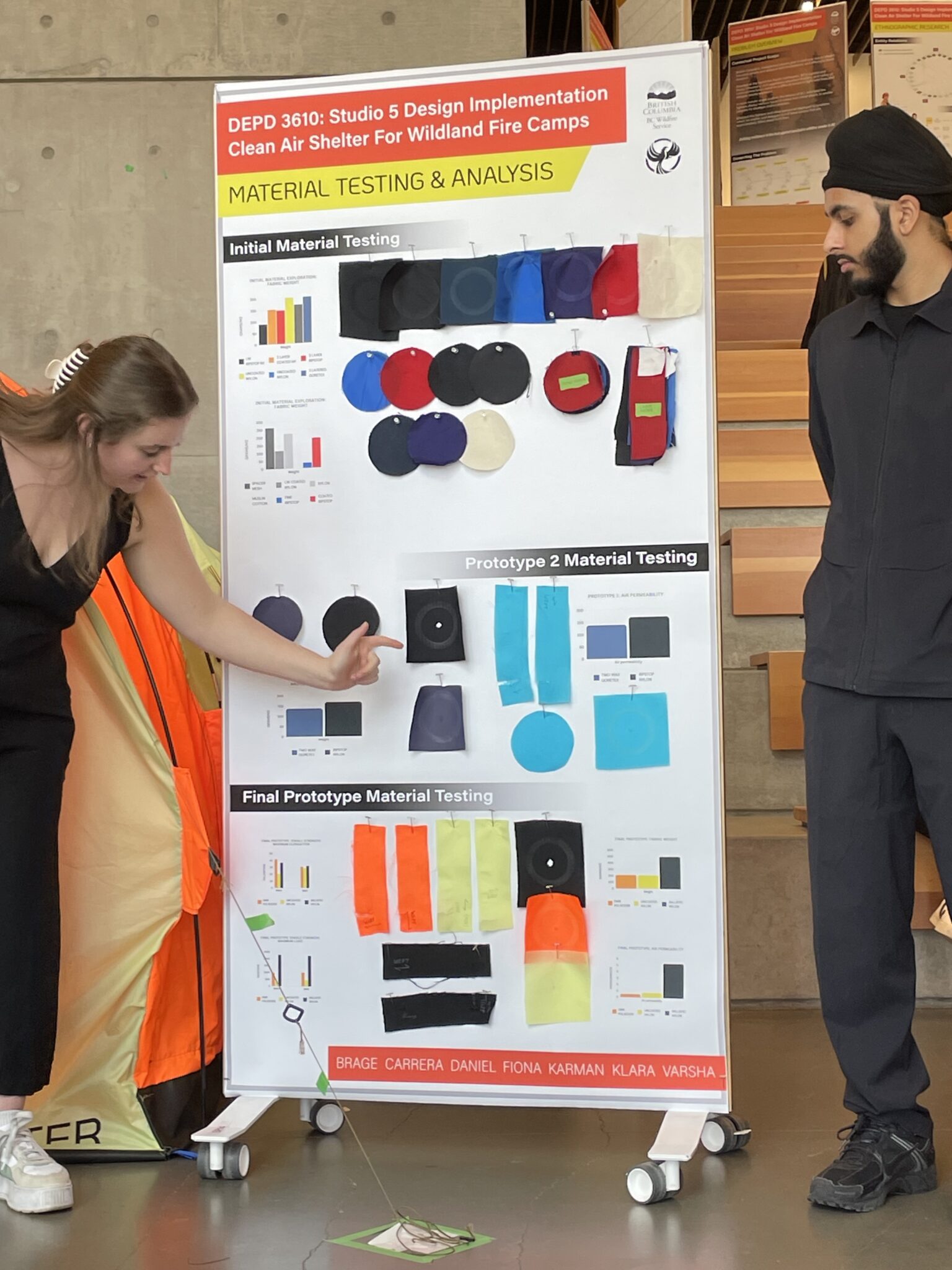
Such projects are part of the learning process for third-year students of the Bachelor of Design, Product Design program at the Wilson School of Design. Program instructors select a project topic each year and partner with local businesses or organizations to provide students with hands-on experience.
“This is an eight-week project where students dive deep into the research and prototype ideas. The goal is to deliver a fully functioning, full-scale concept prototype,” says Sue Fairburn, a design instructor at KPU and researcher in design for extreme environments.
The theme of this year’s project was inspired by John Valliant’s book Fire Weather: The Making of a Beast, which is about wildfires in northern Alberta.
“Fire Weather set out much more awareness in me about the significance of the problem,” says Fairburn, who is also a member of the Climate+ Challenge initiative at KPU.
Students in the product design program at KPU learn to create innovative solutions blending design, business and marketing courses. The program focuses on research, design thinking and hands-on prototyping to develop sustainable, ethical design solutions.
Last year was really bad for wildfires, not just locally. It is significant and challenging around the world.
— Sue Fairburn



